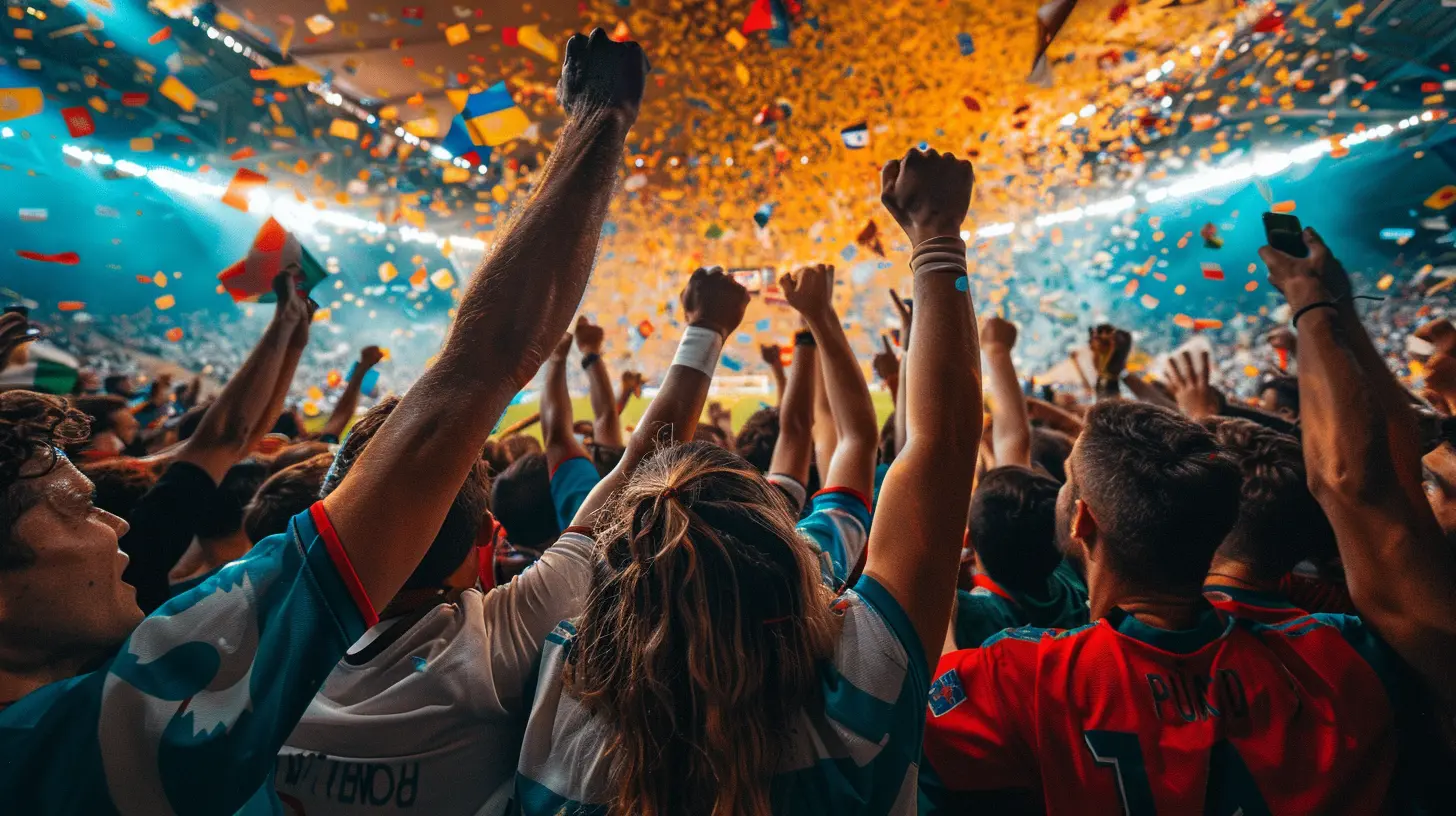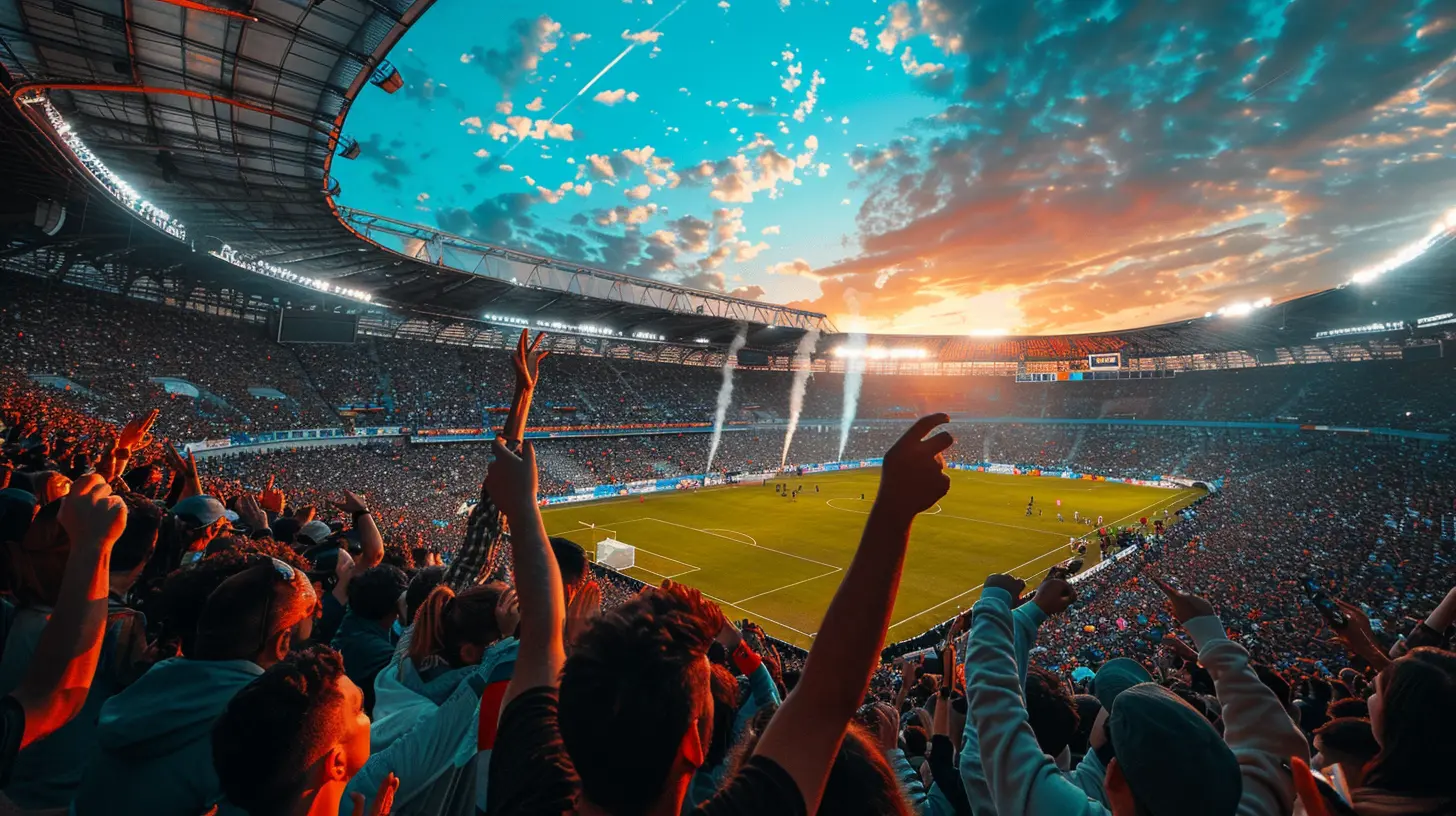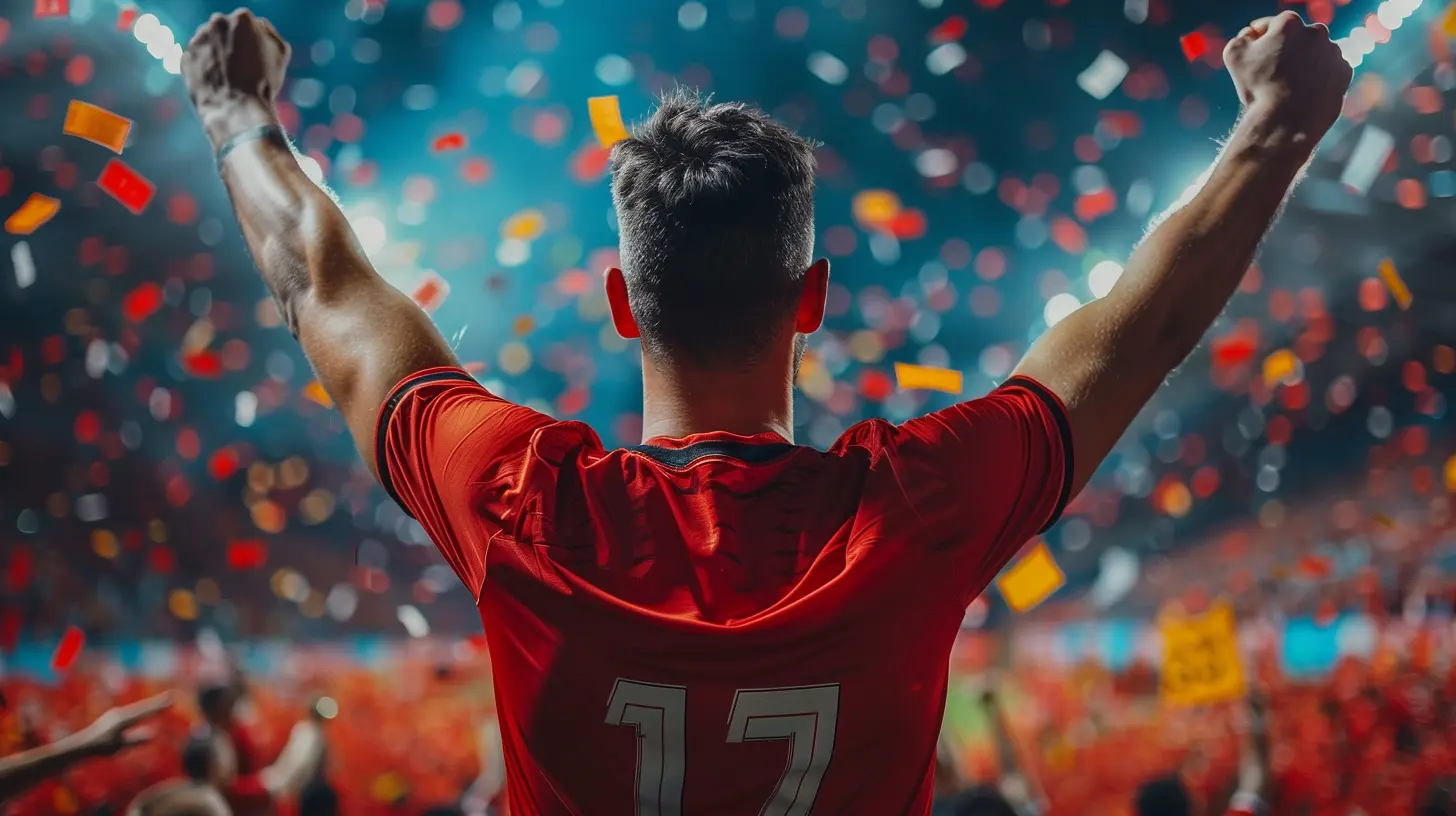How Sponsorships are Expanding the Reach of Global Sports Brands
1 August 2025
In the world of sports, there’s more going on behind the scenes than just gut-wrenching games, trophies, and last-minute goals. One of the driving forces behind the rise of global sports brands is something you’ve probably seen a thousand times without even noticing — sponsorships.
Yep, those flashy logos slapped on jerseys, stadiums, ad boards, and now TikTok backgrounds? They're not just for show. They're multi-million (sometimes billion) dollar strategies helping brands reach fans on a global scale. So, let’s dive deep into how sponsorships are transforming the way sports brands connect with audiences across the globe.
What Exactly Is a Sponsorship?
Before we dive into the nitty-gritty, let’s get on the same page.A sponsorship — in the sports world — is basically when a brand partners up with a team, athlete, league, or event and provides money, gear, or support in exchange for visibility and influence. It’s a win-win. The team gets resources, and the brand gets exposure to millions (sometimes billions) of eyeballs.
Think Nike sponsoring Serena Williams or Red Bull backing extreme sports. It's more than just logos. It's storytelling, alignment of values, and brand synergy.
The Power of Sports as a Marketing Machine
Sports are universal. They speak every language, crash through cultural barriers, and unite people unlike anything else. Whether it's football in Brazil, cricket in India, or basketball in the U.S., fans are passionate — borderline obsessed.That obsession? It makes sports the perfect platform for brands who want to get their name out there.
When brands sponsor sports teams or athletes, they aren’t just slapping their name on a jersey. They’re plugging into an emotional connection between fans and their favorite sport. And emotion sells — hard.
How Sponsorships Boost Global Reach
Sponsorships aren’t just about local billboards anymore. Nope, we’re talking global reach.Here’s how those partnerships are helping brands expand globally:
1. 🌍 Exposure to Worldwide Audiences
Let’s talk about the FIFA World Cup or the Olympics for a second. Events like these pull in billions of viewers from nearly every country. Sponsoring these events means your logo is seen in homes from Tokyo to Toronto.But it’s not just the big events. Sponsoring a popular football club or F1 team gives brands year-round exposure to international fanbases. Manchester United fans live in over 200 countries. Imagine the reach a brand gets by being associated with the club!
2. 📱 Digital and Social Media Amplification
Back in the day, sponsorships were static — a logo on a jersey or a patch on a helmet. Today? It’s all digital, and it's everywhere.Athletes and teams have massive followings on platforms like Instagram, YouTube, TikTok, and Twitter. One tagged post or sponsored video can reach millions, going viral in seconds. Plus, fans are more engaged now than ever — commenting, sharing, and creating their own content around sponsored events.
This digital shift helps brands become part of the conversation rather than just being a billboard in the background.
3. 🎥 Content Creation Opportunities
Sponsorships often lead to collaborative content. And this is where the magic happens.Think behind-the-scenes footage, exclusive interviews, challenges, or even mini-documentaries. Brands get to tell stories that emotionally connect with audiences. This content doesn't feel like “advertising” — it feels like entertainment.
Remember when Beats by Dre dropped those intense pre-game ads featuring athletes getting hyped up? That’s content people wanted to watch — and it boosted the brand’s image big time.
Real-World Examples that Prove the Point
Let’s break down a few examples that really highlight this global impact.Nike and the NBA
Nike has been the official jersey sponsor of the NBA since 2017. The league has fans in virtually every continent, and games are streamed globally. That’s massive brand exposure for Nike, not to mention all the viral highlights, player outfit shots, and merch sales.Nike isn't just seen — it's felt in the NBA culture.
Emirates Airlines and Soccer
Emirates has mastered the art of global sponsorship. From Arsenal and Real Madrid to the FIFA World Cup, Emirates is everywhere in the soccer universe. And since football is the world’s most-watched sport, the airline's name gets crazy exposure, making it a household brand far beyond the Middle East.Red Bull and Extreme Sports
Red Bull isn’t just an energy drink — it’s an experience. The brand is deeply embedded in extreme sports, owning teams and sponsoring events like Red Bull Rampage or Flugtag. These spectacles go viral and draw niche yet passionate fanbases around the world.And the result? Red Bull isn’t just a beverage anymore. It’s a lifestyle.
Sponsorships as a Two-Way Street
It’s not just brands piggybacking off athletes; the reverse is true too.Athletes and teams gain financial support, advanced training facilities, and promotional content that elevates their profiles. In many cases, sponsors help sports stars become global icons. It’s a dynamic exchange, where both sides grow together.
Sponsorship can turn a rising athlete into a household name — just ask Naomi Osaka or even Usain Bolt. Brands helped boost their platforms, but those stars also added fresh life and relatability to the brand.
Changing Landscapes: Inclusion, Culture & Purpose
Modern fans — especially younger ones — care about more than just who can score the most points. They care about values. And brands are catching on.We’re seeing companies sponsor women’s sports, para-athletes, LGBTQ+ athletes, and grassroots movements. They’re aligning themselves with causes that matter, and that authenticity builds trust.
Take Visa, for example. They actively sponsor the Olympics and Paralympics, investing in athletes with diverse stories. It’s not just about reach — it’s about relevance.
When fans see a brand genuinely supporting a cause they care about, loyalty follows.
Sponsorships in Esports: The New Frontier
Think sponsorships are all footballs and fast cars? Think again.Esports — competitive video gaming — has blown up in recent years. We’re talking packed arenas, millions of Twitch views, and massive money. Brands like Coca-Cola, Intel, and even luxury names like Louis Vuitton have jumped into the esports arena.
Why? Because the audience is global, tech-savvy, and incredibly engaged. Sponsorships in this space are opening doors to younger generations that might not be watching traditional sports anymore.
It’s the next big playground for brand expansion.
What Makes a Great Sponsorship Strategy?
You might be wondering, "Is it just about throwing money at a team?" Nah, it’s much deeper than that.Here’s what separates a brilliant sponsorship from a forgettable one:
- Relevance: The partnership needs to make sense. A fitness brand sponsoring a marathon? Perfect fit. A random insurance company sponsoring a skateboarding event? Meh.
- Engagement: Don’t just be a logo. Be part of the fan experience. Run contests, drop merch, support the community.
- Storytelling: Use the sponsorship to tell a story. Share athlete journeys, team triumphs, and emotional wins.
- Consistency: Stick with your team or event. Long-term sponsorships build deeper connections and more meaningful brand equity.
Think of it like dating. You don’t win hearts with one dinner. It takes time, effort, and showing up consistently.
The Future of Sports Sponsorships
The rise of AI, VR, and AR will change the sponsorship game big time. Imagine walking into a virtual stadium and being greeted by your favorite brand’s interactive hologram. Sounds wild? It’s already being tested.And with NFTs and blockchain tech entering the scene, you’ll soon be able to own digital collectibles linked to your favorite brand-athlete collabs. Yep, the future's flashy — and it’s coming fast.
Expect more personalized, immersive, and tech-driven sponsorships that make fans feel seen.
Final Thoughts
Sponsorships are no longer just about putting a brand in front of people. They’re about creating experiences, telling stories, and building communities. Through smart and authentic sponsorship strategies, global sports brands are reaching wider audiences than ever before — and doing it in ways that feel natural, exciting, and emotionally charged.So, the next time you see a logo on a jersey or a sponsored post on an athlete’s feed, don’t just scroll past. That brand’s not just advertising — it’s building a connection. And that connection is what turns casual viewers into loyal fans around the world.
all images in this post were generated using AI tools
Category:
Sponsorship DealsAuthor:

Uziel Franco
Discussion
rate this article
1 comments
Vanessa Oliver
Sponsorships are game-changers, bringing sports to everyone worldwide!
August 12, 2025 at 4:29 AM

Uziel Franco
Absolutely! Sponsorships enhance accessibility and connect diverse audiences with sports, making it a truly global experience.


